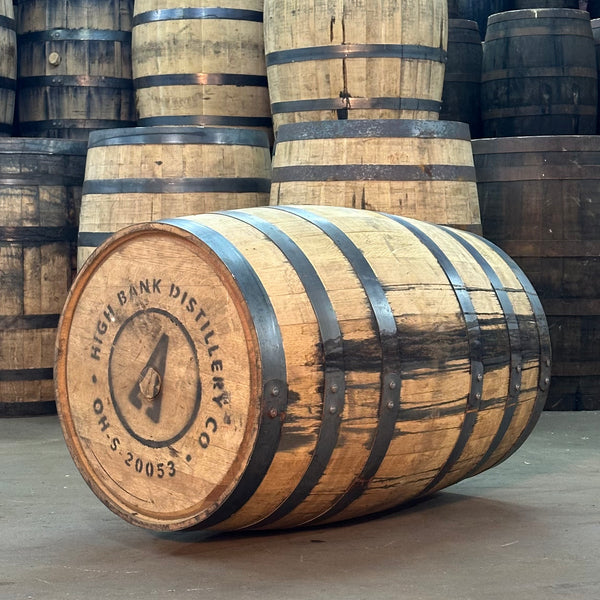If you’ve ever enjoyed a margarita or taken a bold shot at a party, chances are you’re already acquainted with tequila. But have you heard of its smokier cousin, mezcal? Both are Mexican spirits made from agave, yet they differ in taste, production, and origin.
In this guide, we’ll break down the key differences between mezcal and tequila — from the types of agave used to the unique ways each is made. Whether you're a casual cocktail drinker or an aspiring agave connoisseur, here’s everything you need to know.
Tequila vs. Mezcal: Quick Overview
| Feature | Tequila | Mezcal |
| Agave Type | Only Blue Agave | 30+ Varieties |
| Region of Origin | Jalisco + 4 Regions | Oaxaca + 8 other regions |
| Cooking Method | Steam Ovens | Underground pit with firewood |
| Flavor Profile | Smooth, sweet, citrusy | Smoky, earthy, complex |
| Aging Categories | Blanco, Resposado, Añejo | Joven, Resposado, Añejo |
What Is Tequila?
Tequila is a type of mezcal made exclusively from blue agave (Agave tequilana). It's legally produced in select regions of Mexico — most famously, Jalisco, and parts of Guanajuato, Michoacán, Nayarit, and Tamaulipas.
How is Tequila Made?
Tequila is crafted from the heart of the blue agave plant, known as the piña, which is harvested by hand and then baked in traditional clay or brick ovens to convert its natural starches into sugars. Once softened, the agave is crushed—either by industrial shredders or traditional stone tahonas—to extract the sweet juice, or mosto. This juice is then fermented with yeast and water to create alcohol, which is typically distilled twice to purify and concentrate it. Depending on the desired style, the spirit may be bottled immediately as Blanco, or aged in oak barrels for months or years to develop into Reposado, Añejo, or Extra Añejo tequila.
What Is Mezcal?
Mezcal is a broader category of agave spirits and can be made from over 30 agave varieties, including Espadín, Tobalá, and Tepeztate. It’s mostly produced in Oaxaca, but also in regions like Durango, Guerrero, Zacatecas, and Puebla.
How Mezcal Is Made
Mezcal is made from various agave species, most commonly Espadín, which are harvested and roasted in traditional underground pits lined with volcanic rocks, charcoal, and wood. This slow, smoky cooking process distinguishes mezcal from tequila and imparts its signature flavor. After roasting, the agave is crushed to extract the juices, then fermented naturally—often in open-air wooden vats—and distilled in small batches, typically using clay pot stills. Like tequila, mezcal can be bottled young as Joven, or aged in barrels to become Reposado or Añejo, offering a wide range of flavor profiles from earthy and raw to rich and refined.
Which One Should You Choose?
-
Choose tequila if you prefer smoother, citrusy notes — ideal for margaritas and Palomas.
-
Choose mezcal if you enjoy smoky, complex flavors and want to try creative twists on classic cocktails (like the Mezcal Margarita or Naked and Famous).
The Secret Ingredient: The Barrel
Aging plays a big role in the flavor of both spirits — and that’s where barrels come in. The type of oak barrel used can dramatically affect the taste, adding notes of vanilla, spice, or toast.
Looking to elevate your spirits? Explore our premium selection of used barrels and casks to age your tequila, mezcal, or any spirit the right way.
Tequila or Mezcal: Which One Belongs in Your Glass?
Tequila and mezcal share a heritage but differ in ingredients, process, and experience. Now that you know the difference, you’ll be better equipped to choose the right agave spirit for your next cocktail — or barrel-aged experiment.







